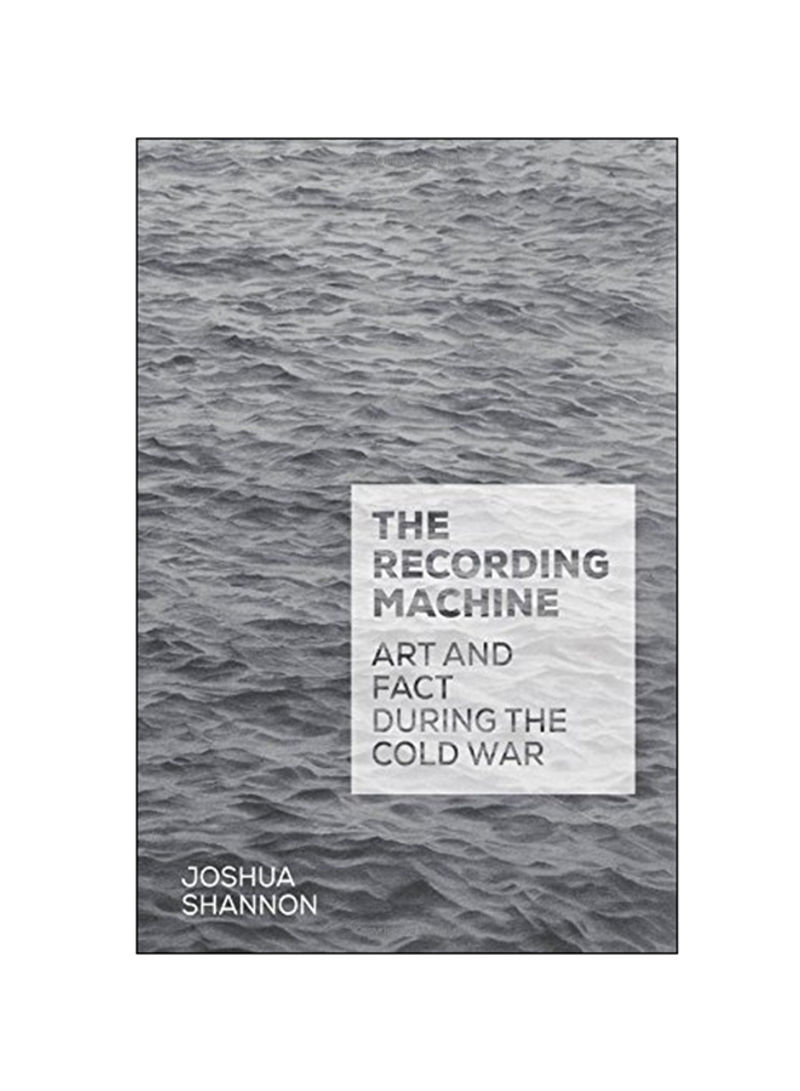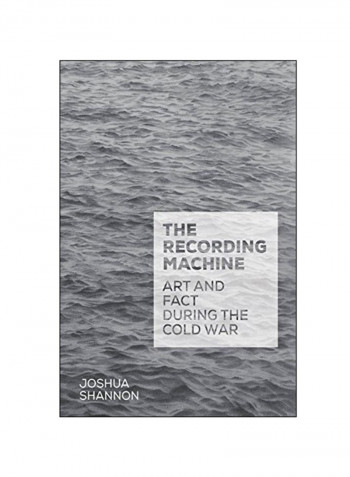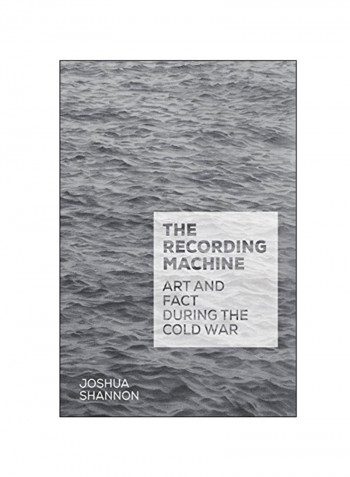The Recording Machine: Art And Fact During The Cold War Hardcover
Recommend
Sort by
Rating
Date
Specifications
Author 1
Joshua Shannon
Book Description
A revealing look at the irrevocable change in art during the 1960s and its relationship to the modern culture of fact. This refreshing and erudite book offers a new understanding of the transformation of photography and the visual arts around 1968. Author Joshua Shannon reveals an oddly stringent realism in the period, tracing artists' rejection of essential truths in favor of surface appearances. Dubbing this tendency factualism, Shannon illuminates not only the Cold War's preoccupation with data but also the rise of a pervasive culture of fact. Focusing on the United States and West Germany, where photodocumentary traditions intersected with 1960s politics, Shannon investigates a broad variety of art, ranging from conceptual photography and earthworks to photorealist painting and abstraction. He looks closely at art by Bernd and Hilla Becher, Robert Bechtle, Vija Celmins, Douglas Huebler, Gerhard Richter, and others. These artists explored fact's role as a modern paradigm for talking, thinking, and knowing. Their art, Shannon concludes, helps to explain both the ambivalent anti-humanism of today's avant-garde art and our own culture of fact.
ISBN-10
300187270
ISBN-13
9780300187274
Language
English
Publisher
Yale University Press
Publication Date
11 Jul 2017
Number of Pages
240
About the Author
Joshua Shannon is associate professor of contemporary art history and theory at the University of Maryland.
Editorial Review
This is a terrific book. Drawing on a wide range of sources, Shannon cogently links leading art practices around 1968 to an interlocking set of understudied cultural conditions. The result bristles with insights and contributes substantially to our understanding of modernism.-Robin Kelsey, Harvard University -- Robin Kelsey "This is an exciting and important book that should change the art historical landscape of the late-1960s and early-1970s in the United States and Western Europe. Considering that the scholarship of this contentious period has too often been divided into progressive versus reactionary camps, Shannon's book is a breath of fresh air. Its surprising and convincing interpretations of works both familiar and unfamiliar helps to reshuffle the deck of postwar modernism."-John J. Curley, Wake Forest University -- John J. Curley



